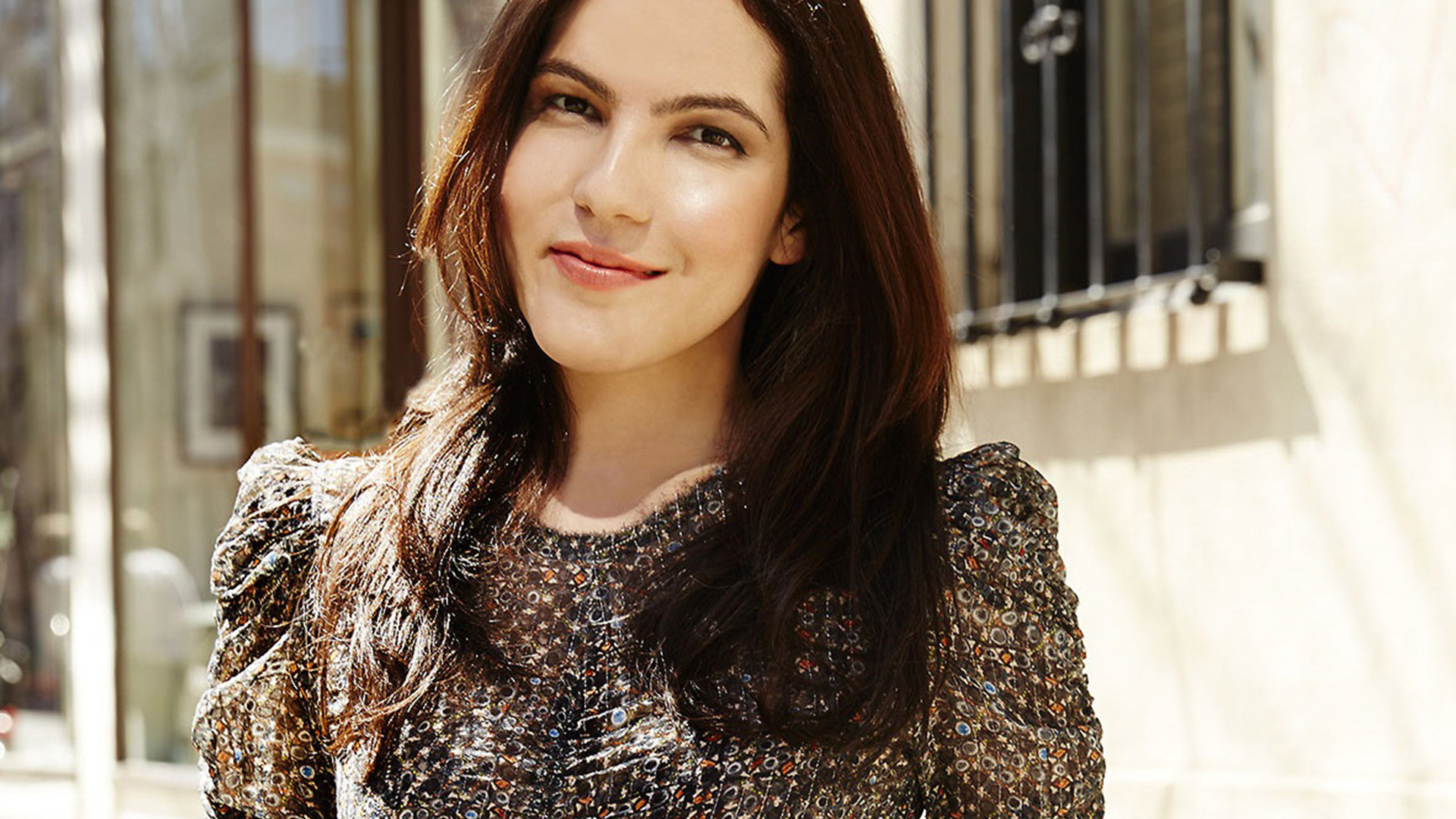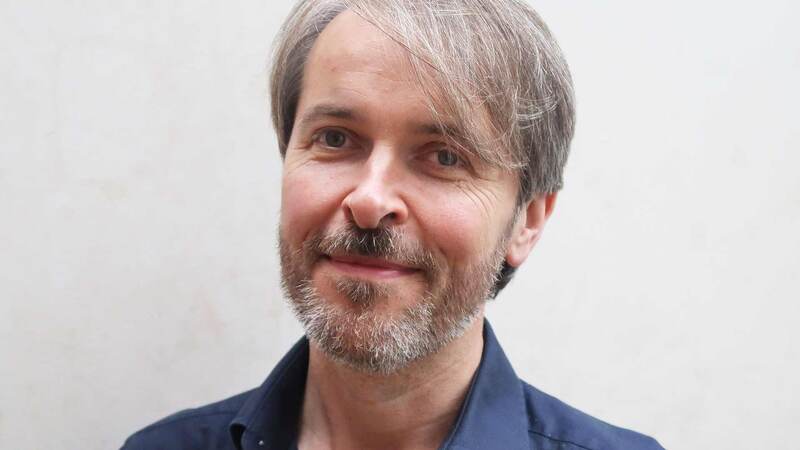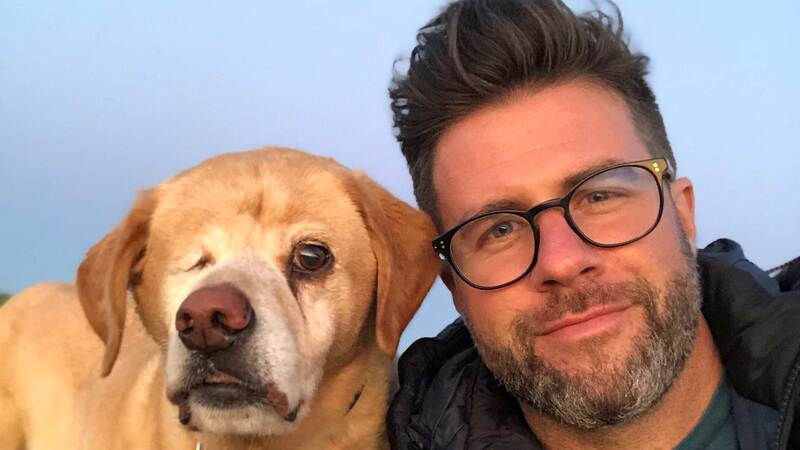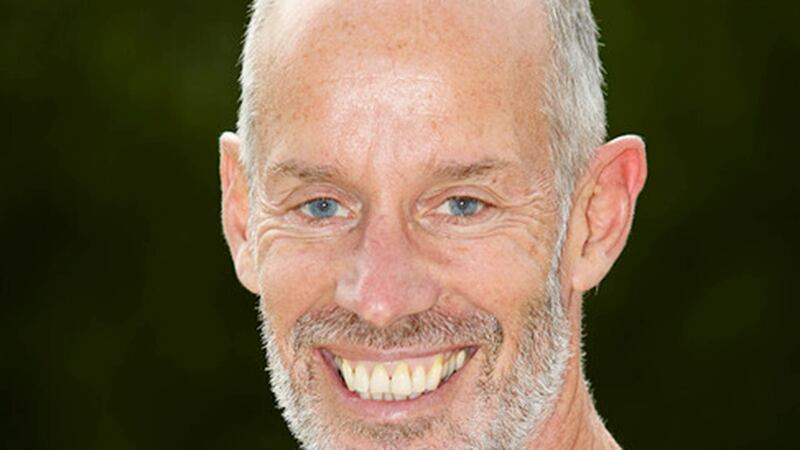You are viewing your 1 free article this month. Login to read more articles.
Sloane Crosley | 'People keep talking about taking the leap to fiction but it wasn't like non-fiction was some guy I was dating until the real thing came along'
"The blessing and the curse of The Clasp is that it is sometimes hard to describe.” So says Sloane Crosley of her first novel which includes the perspectives of three different characters, a treasure hunt across northern France, a Guy de Maupassant short story and a friendship on its last legs. But to describe it as a list of its parts does this intelligent, charming book a disservice. Its fast-paced, eventful plot is layered over a warm and insightful look at the intricacies of adult friendship and a clever pastiche of de Maupassant’s 1884 short story The Necklace.
As a former book publicist herself (for Vintage Books in New York) Crosley is well aware of the potential pitfalls when promoting a book that’s hard to sum up concisely. When planning her book trailer (“they can be quite a drag”) she enlisted a few friends: award-winning advert and music video director Matt Lenski, Hollywood actress Amanda Seyfried and her dog, Finn: “I texted Amanda and asked if she wanted to do it and promised I wouldn’t make her look stupid. In the States the book cover comes in three colours and I’m paying her by getting her a pink one.” The one-minute trailer neatly sidesteps the problem of describing the book by having Seyfried trying to wing her way through a book club without having read the book, with a cameo from Finn.
Crosley spent 10 years at Vintage but says: “I knew for fiction I would have to quit. It was incredible being around people for whom the only reality was writing and it was a real and normal job. But to write a book that was not like someone else’s and to stop being concerned with how it would be received or marketed, I had to quit.” When asked about the experience of a publicist being publicised she laughs: “I can imagine every publicist I’ve ever had wanting to hear the answer to that. I think it would be silly to pretend and throw out 10 years of experience but I’m very conscious that doctors make the worst patients and I try not to be too much of a know-it-all.”
Just as the content of the book is difficult to sum up, so is the book’s genesis. Crosley cites “a series of voices I just started writing”, the desire to write from a male perspective for the first time and wanting to “capture the strange time in your late 20s or early 30s when you’re not really sure whether you would be friends with your friends if you met them now”. Crosley talks about how she’s always been attracted to “types of art that are about other types of art”, referencing Ann Patchett’s Bel Canto and Donna Tartt’s The Goldfinch. And when she re-read de Maupassant’s The Necklace everything fell into place: “The book was a shell, it didn’t have a heartbeat, it was just character descriptions. It was just vaguely nebulous thought processes in my brain and then when I re-read that story I just locked into it.”
The original short story focuses on a woman who borrows her friend’s diamond necklace for a formal event only to lose the necklace, plunging her and her husband into awful debt in order to replace it. At the very end of the story it is revealed that the lost necklace was a glass fake, worth very little. The Clasp mirrors the ideas of implied value and loyalty but the The Necklace is also literally part of the story as a chance meeting at a wedding leads one of the characters, Victor, on a mission to try and find the priceless necklace that inspired the story.
Victor is one of a trio of main characters of friends who met at college completed by jewellery designer Kezia and screenwriter Nathaniel. In their early 30s they are friends out of habit and barely speaking, until Victor’s madcap adventure throws them back together. Crosley says:“It’s an interesting period of time because the stakes are high, it’s the period when you think you’ll leave one more voicemail and if they don’t call you back you’ll stick a fork in it.” Crosley describes Victor, who gets fired at the very beginning of the book, as a “sort of sad sap Eeyore- esque” man, but who was actually influenced by her own experiences after first leaving Vintage: “A lot of the Victor passages are informed by the adjustment to this self-scheduled lifestyle which I actually found extremely uncomfortable for the first year or so.”
When asked about making her characters likeable Crosley responds with a comedy evil laugh: “Likeability . . . I guess relatability is so much more important to me. There are obviously likeable characters who you want to go on a road trip with and characters you love to hate but that inbetween zone of real people are harder.”
Speaking about why she was keen to use a short story as her inspiration she says: “I feel like the short story can be incredibly strange; it gets elevated and lauded in such specific pockets—if you’re an undergrad, if you read the New Yorker—but they’re hard to sell and people who are not writers want to escape into another world for longer than 12-40 pages.” Crosley is keen to make sure The Clasp is not purely a book to be appreciated by such pockets: “It was hugely important to me, and the most difficult part, to have a proper plot—really your job is to entertain people and without a plot, just being charming or able to give a confident description of an oak tree will only take you so far.”
Crosley is known for her two collections of essays, I Was Told There’d Be Cake and How Did You Get This Number, but she says: “For me it feels like a return to something because non-fiction was something I fell pleasantly backwards into.” Her first collection came about after her account of being locked out of two apartments on the same day was published in New York newspaper the Village Voice.
Crosley studied creative writing and attempted a novel when she first graduated which she describes as “pretty terrible” but it’s clear The Clasp was not merely written on a whim or because the opportunity presented itself. Crosley says: “I wanted to write a book that was bigger than people sitting around in Brooklyn musing about their lives, and it’s such a relief to just be able to make things up. It’s comes with its own baggage, you’re beholden to every decision you make, but it is pretty nice to be able to have something as it is because I said so.” Having said that, Crosley has no desire to leave essays behind: “c, I’ve not abandoned it.”









